The Power of Organization: How an Organized Workplace Drives Efficiency
Date Posted:2 May 2024
By prioritizing organization as a fundamental aspect of their operations, businesses can drive efficiency, boost productivity, and achieve success in today's competitive business landscape.
In today's fast-paced and competitive business landscape, efficiency is the key to success. An organized workplace lays the foundation for efficiency by streamlining processes, minimizing waste, and maximizing productivity. From reducing clutter to implementing streamlined workflows, organization offers a multitude of benefits that contribute to overall efficiency and workplace safety. In this blog, we'll delve into the reasons why a well-organized workplace is more efficient and explore practical strategies for achieving organizational excellence in various industries across Australia.
Improved Productivity:
One of the most significant benefits of an organized workplace is improved productivity. When everything has its place and workflows are optimized, employees can work more efficiently, resulting in higher output in less time. Organized workspaces make it easier for employees to locate tools, supplies, and information, reducing time wasted searching for misplaced items. Additionally, with fewer distractions and interruptions caused by clutter or disorganization, employees can focus better on their tasks and complete them more effectively, leading to increased productivity across the board.
Enhanced Safety and Risk Management:
It also plays a crucial role in promoting workplace safety and mitigating risks. Clutter-free work areas reduce the likelihood of accidents and injuries by eliminating tripping hazards and ensuring clear pathways. Proper storage and labeling of hazardous materials and equipment further enhance safety protocols, reducing the risk of incidents in the workplace. By maintaining an organized and hazard-free environment, businesses can comply with health and safety regulations, minimize legal and financial risks, and create a safer workplace for their employees.
Better Communication and Collaboration:
Clear communication and collaboration are essential components of a successful workplace, and organization fosters both. Organized documentation and information sharing systems facilitate transparent communication channels, ensuring that employees have access to the information they need to perform their jobs effectively. Additionally, an organized workspace promotes collaboration among team members by providing a structured environment conducive to teamwork and idea sharing. When everyone is on the same page and working together seamlessly, tasks are completed more efficiently, and projects progress smoothly toward completion.
Positive Impression and Professionalism:
An organized workplace not only benefits internal operations but also leaves a positive impression on clients, visitors, and stakeholders. A well-organized and clutter-free environment reflects professionalism and attention to detail, instilling confidence and trust in customers and business partners. Whether it's a tidy office space, an organized warehouse, or a well-maintained retail store, a visually appealing workplace sends a message that the company values excellence and takes pride in its operations. This positive perception can lead to increased customer satisfaction, repeat business, and a strong reputation in the industry.
Cost Savings and Resource Optimization:
Efficiency and organization go hand in hand when it comes to cost savings and resource optimization. By minimizing waste, reducing redundancies, and optimizing processes, an organized workplace can significantly lower operational costs. For example, proper inventory management and storage solutions prevent overstocking or understocking of supplies, reducing unnecessary spending on inventory. Furthermore, efficient use of space can lead to savings on rental or storage costs, maximizing the return on investment for the workspace. By allocating resources more effectively, businesses can improve their bottom line and enhance profitability in the long run.
Adaptability and Resilience:
In today's rapidly changing business environment, adaptability and resilience are essential qualities for success. An organized workplace is better equipped to adapt to changes and challenges, thanks to clear protocols, streamlined processes, and efficient workflows. When unexpected situations arise, employees can respond quickly and effectively, minimizing disruptions to operations and maintaining productivity. By building resilience through organization, businesses can thrive in dynamic market conditions and position themselves for long-term success and growth.
In conclusion, the benefits of workplace organization are clear: improved productivity, enhanced safety, better communication, positive impressions, cost savings, and adaptability. By prioritizing organization as a fundamental aspect of their operations, businesses can drive efficiency, boost productivity, and achieve success in today's competitive business landscape. Whether it's implementing streamlined workflows, decluttering workspaces, or investing in proper storage solutions, every step towards organization contributes to overall efficiency and effectiveness. By harnessing the power of organization, businesses can unlock their full potential and thrive in the modern workplace.
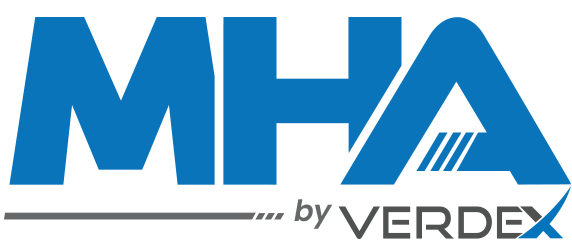
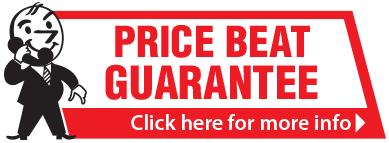
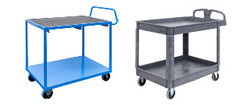
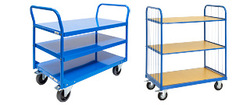
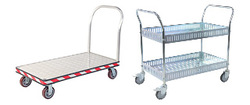

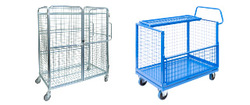
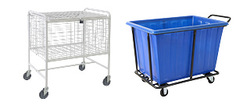
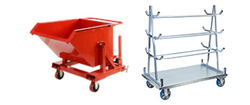

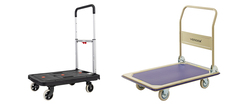
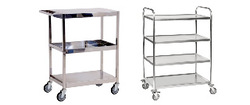
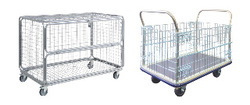
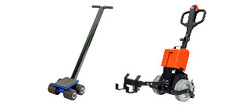
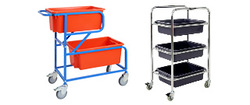
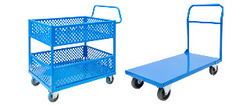
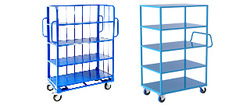
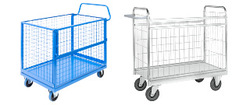
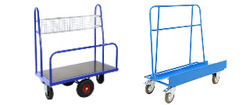
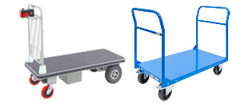
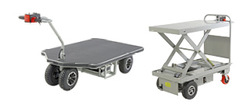

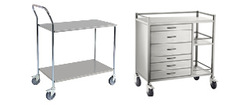
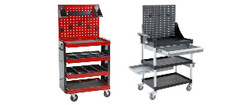
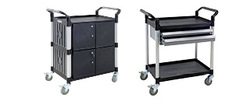
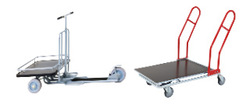
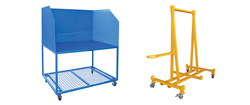



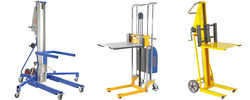



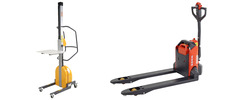
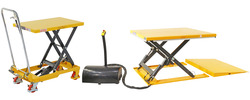

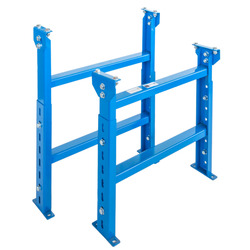
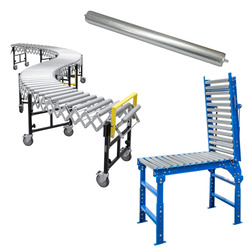
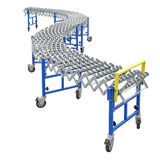




















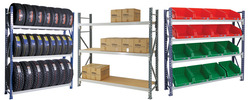
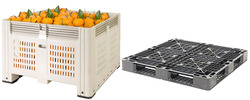
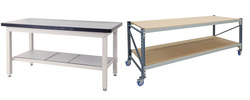
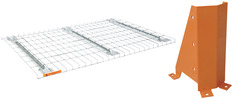
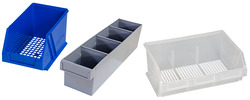

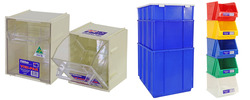

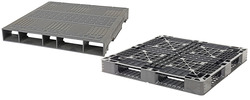

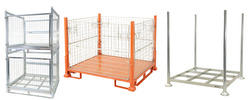
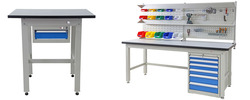
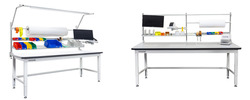






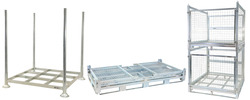
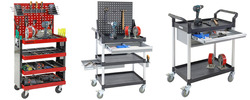














 Trolleys / Hand Trucks
Trolleys / Hand Trucks 2 Tier Trolleys
2 Tier Trolleys 3 Tier Trolleys
3 Tier Trolleys Aluminium Trolleys
Aluminium Trolleys Appliance & Hand Trucks
Appliance & Hand Trucks Cage Trolleys
Cage Trolleys Cleaning Carts & Trolleys
Cleaning Carts & Trolleys Construction Trolleys
Construction Trolleys Dollies
Dollies Foldable Trolleys
Foldable Trolleys Hospital Trolleys
Hospital Trolleys Laundry/Linen Trolleys
Laundry/Linen Trolleys Load Skates & Tow Tugs
Load Skates & Tow Tugs Mail / Office Trolleys
Mail / Office Trolleys Multi Purpose Trolleys
Multi Purpose Trolleys Multi-Tier Shelf Trolleys
Multi-Tier Shelf Trolleys Order Picking Trolleys
Order Picking Trolleys Panel Cart Trolleys
Panel Cart Trolleys Platform Trolleys
Platform Trolleys Powered Trolleys
Powered Trolleys Shopping Trolleys
Shopping Trolleys Stainless Steel Trolleys
Stainless Steel Trolleys Tool Trolleys
Tool Trolleys Utility Carts
Utility Carts Warehouse Trolleys
Warehouse Trolleys Custom Trolleys
Custom Trolleys Lifting Equipment
Lifting Equipment Forklift Attachments
Forklift Attachments Jib Attachments
Jib Attachments Lifting Hoists & Pallet Hooks
Lifting Hoists & Pallet Hooks Manual Stackers & Lifters
Manual Stackers & Lifters Pallet Jacks
Pallet Jacks Pallet Lifters
Pallet Lifters Pallet Rotators & Dispenser
Pallet Rotators & Dispenser Powered Pallet Trucks & Electric Lifters
Powered Pallet Trucks & Electric Lifters Scissor Lift Trolleys and Tables
Scissor Lift Trolleys and Tables Conveyor Equipment
Conveyor Equipment Conveyor Frames
Conveyor Frames Conveyor Stands
Conveyor Stands Roller Conveyors
Roller Conveyors Skate Wheel Conveyors
Skate Wheel Conveyors Access Equipment
Access Equipment Container & Yard Ramps
Container & Yard Ramps Step Stools & Ladders
Step Stools & Ladders Work Platforms & Crane Cages
Work Platforms & Crane Cages Drum Handling
Drum Handling Drum Storage & Bunding
Drum Storage & Bunding Drum Trolleys & Lifters
Drum Trolleys & Lifters Forklift Drum Handling
Forklift Drum Handling Containment & Spillage
Containment & Spillage Aerosol Cans Storage Cages
Aerosol Cans Storage Cages Bunded Pallets & Storage
Bunded Pallets & Storage Corrosive Goods Storage Cabinets
Corrosive Goods Storage Cabinets Flammable Liquid Cabinets
Flammable Liquid Cabinets Forklift Gas Storage Cages
Forklift Gas Storage Cages Gas Cylinder Storage
Gas Cylinder Storage Site Storage
Site Storage Spill Kits
Spill Kits Stillage Cages
Stillage Cages Waste Handling
Waste Handling Bin Lifters & Tippers
Bin Lifters & Tippers Plastic Waste Bins and Carts
Plastic Waste Bins and Carts Steel Waste and Tipping Bins
Steel Waste and Tipping Bins Storage Equipment
Storage Equipment 750 Series Cage Configurations
750 Series Cage Configurations Heavy Duty Cabinets & Benches
Heavy Duty Cabinets & Benches Heavy Duty Shelving
Heavy Duty Shelving Mega Bins & Pallets
Mega Bins & Pallets Packing Benches
Packing Benches Pallet Racking Accessories
Pallet Racking Accessories Parts Trays & Stor-Pak Bins
Parts Trays & Stor-Pak Bins Pegboard & Louvre Panels
Pegboard & Louvre Panels Plastic Bins
Plastic Bins Plastic Handling Solutions Bins
Plastic Handling Solutions Bins Plastic Pallets
Plastic Pallets Stack & Nest Bins
Stack & Nest Bins Storage Cages
Storage Cages Workplace Equipment
Workplace Equipment Workbenches
Workbenches Modular Workbenches
Modular Workbenches Electric Height-Adjustable Workbenches
Electric Height-Adjustable Workbenches Floor Matting
Floor Matting Industrial Weighing Scales
Industrial Weighing Scales Pallet Wrapping & Packaging Machinery
Pallet Wrapping & Packaging Machinery Ramps
Ramps Stationery Cupboards
Stationery Cupboards Storage and Stillage Cages
Storage and Stillage Cages Tool Trolleys
Tool Trolleys Tooling Cabinets
Tooling Cabinets Wheelie Bins
Wheelie Bins Workshop Equipment
Workshop Equipment Safety Equipment
Safety Equipment Gloves and PPE
Gloves and PPE Pallet Rack Post Protectors
Pallet Rack Post Protectors Safety Barriers & Bollards
Safety Barriers & Bollards Safety Knives & Cutters
Safety Knives & Cutters Signs and Traffic Supplies
Signs and Traffic Supplies Tool & First Aid Boxes
Tool & First Aid Boxes Construction Equipment
Construction Equipment Concrete Equipment
Concrete Equipment General Site Equipment
General Site Equipment Lifting Equipment
Lifting Equipment Site Storage
Site Storage Waste
Waste 









